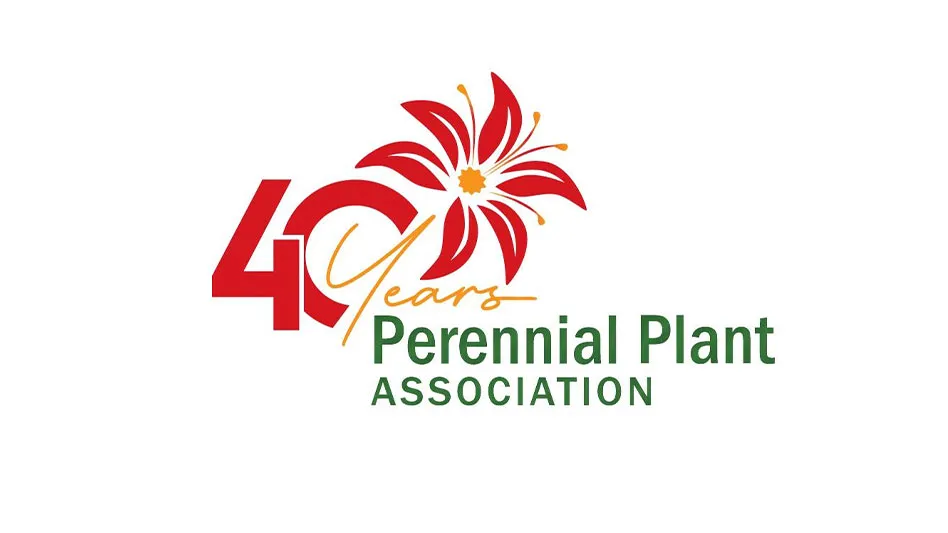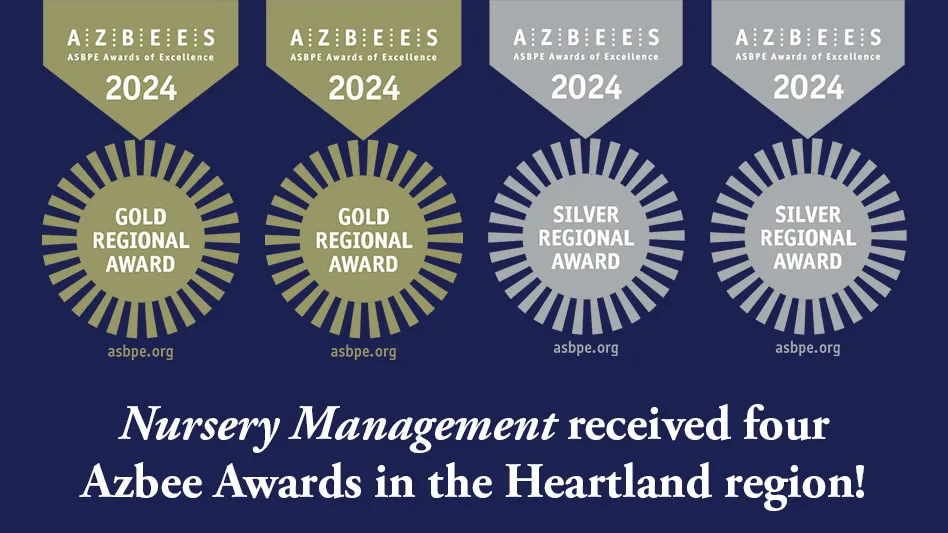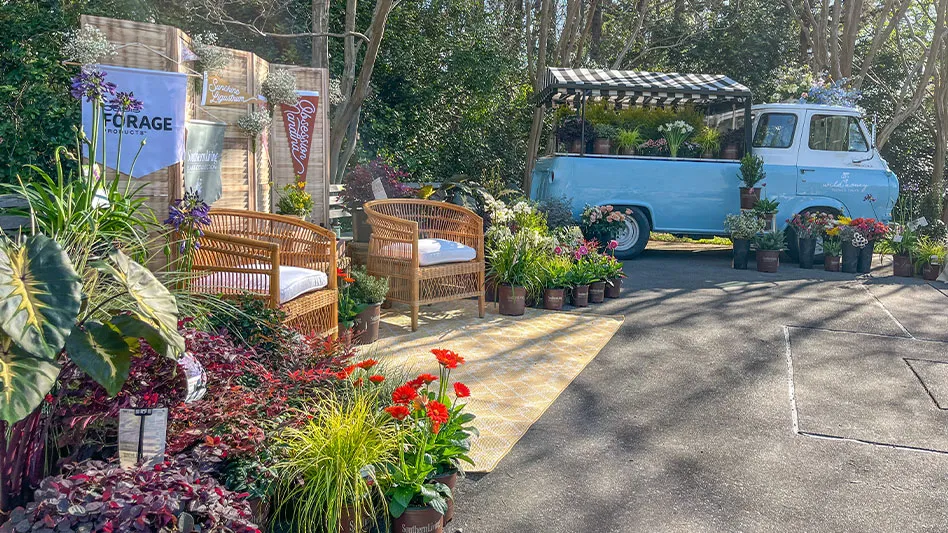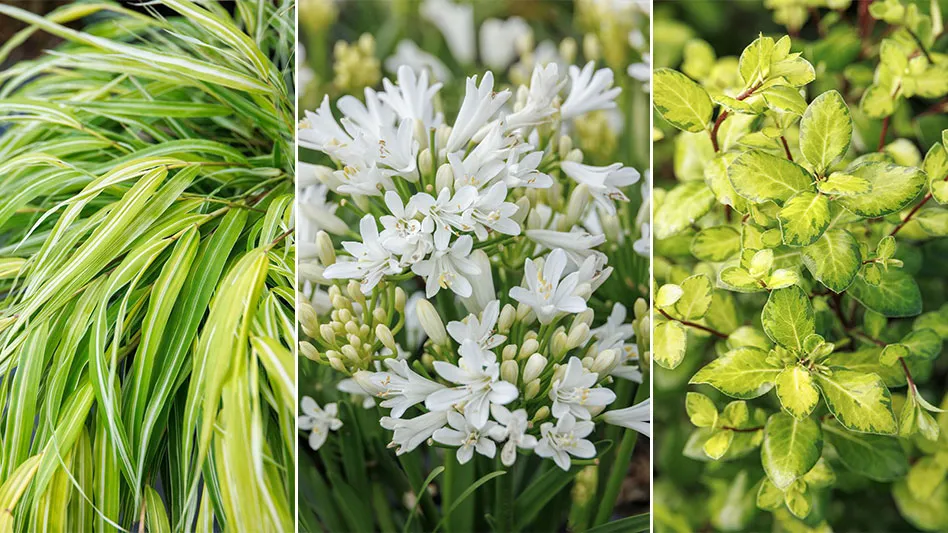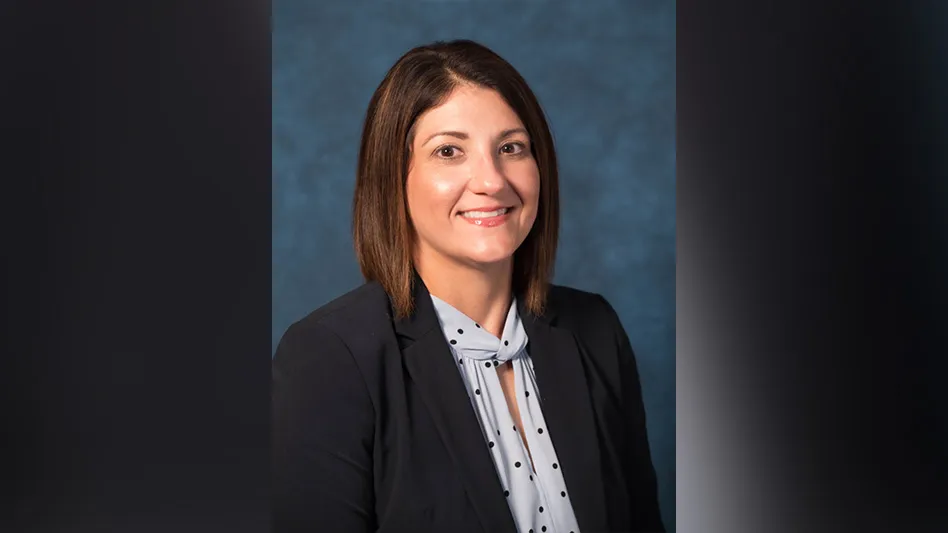

Oregon-based Sester Farms has been growing shrubs and trees for nearly five decades, with products geared toward different market segments — retail garden centers, growers and landscape contractors. Brothers Tim and Ted Sester grow a full line of shade trees, including a few that are historically difficult to transplant as a bareroot tree. But when the Sester family heard about an in-ground fabric bag from High Caliper that improved root growth and transplant survivability, they knew it would mean a value-added product for their customers.
“We had identified our ‘problem children’ that didn’t have good transplant survival like a lot of oaks, for example, and started growing them in the 10-inch Root Control Bag from High Caliper with native soil added to it,” says Tim Sester. “We found that these varieties that were hard to transplant were now not only surviving but thriving.”
Some of their grower customers went from having losses of 30% of certain varieties to 100% transplant survival, he says. And the customer was willing to pay extra for the trees in the Root Control Bag, including the extra freight costs. Those costs were minimized with the huge jump in survivability rates and accelerated growth.
“The trees in the Root Control Bags are taking a year to a year and a half off of production,” Tim says. “There’s that much accelerated growth during the first year.”
Sester sells 1- and 2-year deciduous trees in the Root Control Bag.
It’s not just hard-to-transplant varieties that do well in the Root Control Bag, Tim says. Nurseries that are located in colder regions where the growing season is shorter and nurseries that lack robust irrigation systems or water availability report that trees grown in the grow bags with native soil perform well, he adds.
The Root Control Bag is a soft-sided fabric container designed to prevent damaging root circling by root pruning, which produces a healthier root structure.
At Sester Farms, liners are planted directly into the bag. Filling them with native soil takes some extra labor, but Sester Farms is able to sell that product at a higher price point. The nursery harvests the grow bags the same way they harvest a bareroot tree, using the same equipment. Once harvested, the bagged trees are put on pallets and stored outside in the bag. The bags are designed to keep 80% of the roots intact during harvesting.
With the success of the 10-inch product, Sester introduced another product for its landscape customer – bareroot trees planted in 21-inch Root Control Bags with Sester’s native soil. This product expands the sales window for selling caliper trees to landscapers, Tim says.

“Some of our landscape customers don’t want to plant a containerized tree that’s been grown in artificial media, so the alternative is B&B,” he says. “But that product is only offered in the spring and fall. With the 21-inch grow bags, we can provide landscape customers with a steady stream of caliper trees all year long.”
In the landscape, a B&B tree may take two years to rejuvenate, while a tree grown in a Root Control Bag takes one to three months to recover and start growing again. Trees grown in the bags are also a lot lighter than B&B trees.
For more: www.sesterfarms.com; www.treebag.com

Explore the August 2020 Issue
Check out more from this issue and find you next story to read.
Latest from Nursery Management
- Proven Winners introduces more than 100 new varieties for 2025
- CIOPORA appoints Micaela Filippo as vice secretary-general
- Registration opens for Darwin Perennials Day
- April 2024 issue recap
- U.S. Department of Labor finalizes farmworker protection rule
- Azo Root is now available from Harrell’s
- Smith Gardens assumes operations of Skagit Horticulture
- Garden Media Group announces the fifth annual Women in Horticulture Week

